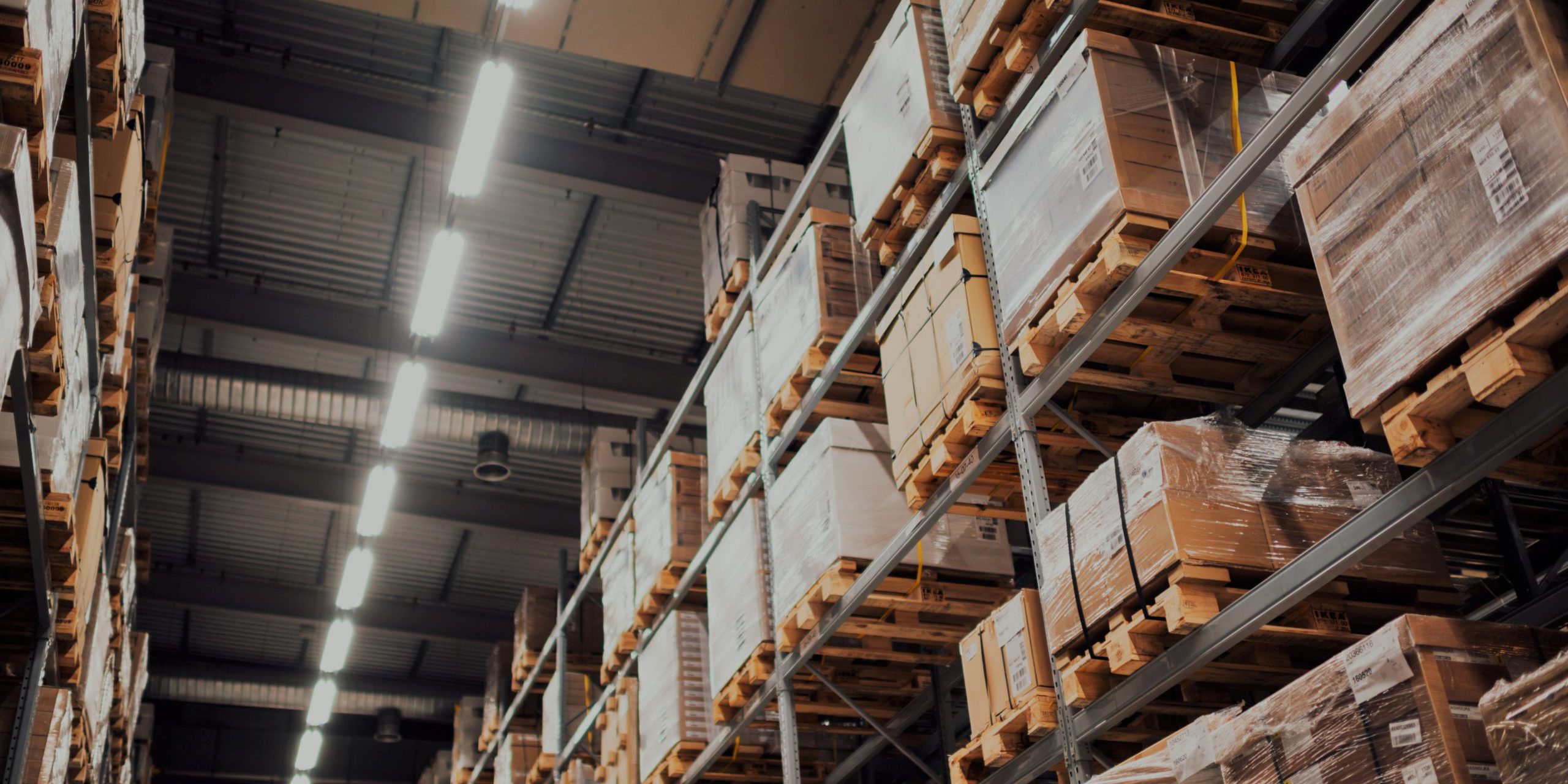The popularity and accessibility of online platforms like Amazon and Shopify has made e-commerce businesses an attractive option for selling products. When it comes to importing, wholesaling and reselling products, there are many risks involved – even well-designed products can be subject to extensive product liability claims. As an importer, you may think you have little exposure to liability claims, but in many circumstances, you are more exposed than you think. To address some important areas of this topic, we will be doing a mini series covering the basics of product liability, the risks of reselling and redistributing products from over seas and the hazards of selling products in risky categories.
Many business owners fail to recognize that even if you are not manufacturing the products you sell, you can still be held liable for them. If you import products from outside of North America, you are responsible and can be held directly liable for all aspects of those products. This includes ensuring that your products contain appropriate label information and are compliant with government regulations and industry standards. It is also important to note that if you sell your products through a third-party distributor such as Amazon, you can still be held fully liable for all losses, even if Amazon is the entity selling your products.
The last thing you want is an unexpected call about a product liability claim involving one of your products. This is where product liability insurance can come in to help ease financial burden. This insurance protects your business from claims of bodily injury or property damage to a third party arising out of the use of your products. This coverage will also help minimize your financial loss and preserve your company’s reputation.
What can you be held liable for?
The main reasons you can be held liable for you products stem from manufacturing defects, design defects and incorrect product labelling and warnings.
Manufacturing defects:
You can be held liable for manufacturing defects if a product doesn’t work as it is intended to due to damage, contains something it shouldn’t or is missing something that should be present. This means that the defect did not occur during the design phase of the product, it occurred during the production and assembly process.
Design defects:
Design defects occur when you are dealing with a poorly or faultily designed product or one that is not properly tested. You can be held liable if a design defect causes bodily injury or damage to a third party.
Incorrect labelling (including relabeling and repackaging):
You can be held liable if you fail to warn customers of the obvious and non-obvious dangers of using your product. This can also stem from an error made in how you market the product. It is important to effectively communicate warnings not only in the product manual but also on a label attached to the product itself.
Risk management and ways to guard from product liability claims:
- Ensure all members of the distribution chain have adequate insurance in place. Make sure you are included as an additional insured on their certificates of insurance as well.
- Avoid inherently risky products
- Use detailed warning labels on the product and in the manual
- Check and make note of the material of every component of your product
- Have a quality control plan in place
- Have a product recall plan in place
- Keep ongoing records of the time and location of manufacturing
- Keep records of everything that enters or leaves your warehouse
The amount of insurance your business needs will vary based on a number of factors including your product type, the associated risks and the locations you do business in. A reliable broker can help determine your product liability insurance needs and ensure that you obtain adequate coverage for your company. Get in touch with one of the expert brokers at Fuse Insurance today by filling out our online quote application or calling us at 1-866-387-FUSE (3873).






